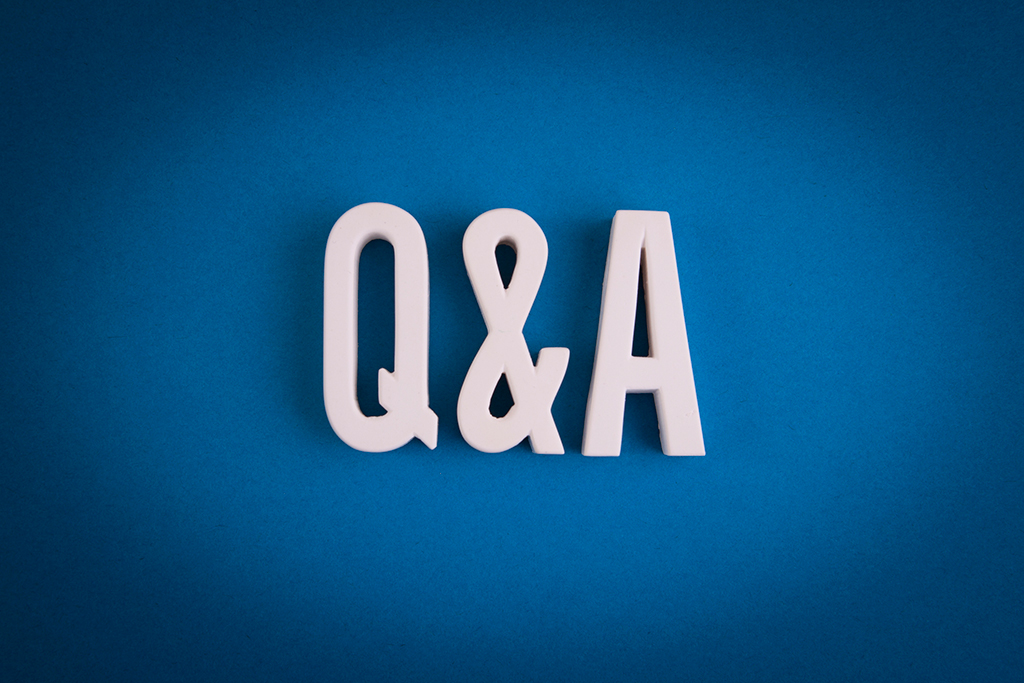
Wisdom Teeth Removal – FAQs And Facts | McKinney, TX
Photo By Jamie Carroll at istock
Wisdom teeth removal is a dental procedure that can make even brave people a little nervous. Many adults view it as almost a surgical rite of passage in their late teens or college years, and it’s still a fairly common procedure, with many benefits that outweigh the discomfort.
We’re talking today about the truth behind wisdom teeth removal, including common myths and what to expect from the procedure itself, plus tips for speedy healing.
What Are Wisdom Teeth?
Wisdom teeth are a set of molars that are strictly “adult teeth,” not a permanent replacement for baby teeth. They’re located at the very back of the jaw and they typically begin to emerge in the teenage years. These teeth are thought to be an evolutionary advantage in the days before regular dental care – as replacements for molars that may have fallen out.
However, modern dental care and cleaning dramatically improved the oral health of humans, thus reducing excessive tooth loss, and now, the extra teeth cause more problems than good.
Why Do I Need My Wisdom Teeth Removed?
There are a few reasons wisdom teeth removal is necessary. If you have one or more of the following issues, then you should consult with an oral surgeon about your removal options in McKinney, TX.
- Impacted wisdom teeth. The location of these teeth, at the back of the mouth, means that when they come in, they can actually become trapped in your jaw, causing pain and discomfort
- Teeth come in at a bad angle. This not only is painful, but if one or more wisdom teeth are pushed too closely against another, it can be hard to clean in between the teeth, leading to cavities
- Your mouth is too small. If there isn’t enough room in your mouth, the wisdom teeth will hurt as they emerge
- Gum disease. The effects of overcrowding and the position of wisdom teeth often make it harder for people to brush and floss in the area, because of the pain. This, in turn, leads to cavities and gingivitis
FAQs About Wisdom Teeth Removal
There are many questions about wisdom teeth removal, as well as myths! Here are common ones.
When should I get my wisdom teeth removed?
The earlier you can have your wisdom teeth removal procedure, the better. Teeth form from the crown to the root, so when having the tooth or teeth removed, it’s better to remove them before the root forms, which is an easier and less painful extraction.
What kind of sedative can I take?
Depending on how many teeth you need to be removed, and whether or not they’re fully formed, you may simply have a local anesthetic, or you may need general anesthesia. There is another option for people who have extreme anxiety at the dentist, sedation dentistry.
Do I have to have my wisdom teeth removed?
Not everyone needs their wisdom teeth removed. If you have enough room in your mouth, and if the wisdom teeth come in straight, where they’re supposed to, then you may not need to have them removed.
Is it true that wisdom teeth removal is easier in the summer?
The time of year doesn’t make as much difference as far as the procedure goes – this is a myth that’s based on the lifestyle of many people who have wisdom teeth removal. Since the majority of wisdom teeth patients are in their teens or college, it’s often easier for them to have the procedure and recover in the summer when they’re out of school, than to miss a week of lessons.
The Wisdom Teeth Removal Process
Before the procedure, your dentist or oral surgeon will discuss how many teeth are to be extracted, as well as go over the different anesthesia options for you. Be sure to get plenty of rest and drink plenty of water the day before the surgery, so that you’re physically and mentally prepared.
The actual procedure starts with the anesthetic. Then, once you’re numbed or sedated, the dentist will make an incision into the gum tissue, exposing the root of the tooth and the bone. They’ll remove the part of the bone that blocks access to the tooth root.
Depending on the placement and condition of the tooth, it may be removed in pieces, to reduce the amount of impact on the jawbone and make the extraction easier. Once the tooth is removed, then the dentist cleans the site of the extraction, removing tiny debris from the tooth, root, and bone. Then, the incision is stitched, and gauze is placed over the site, which reduces bleeding and helps the blood clot form.
Tips For Better Healing After Wisdom Tooth Surgery
Healing from wisdom tooth removal involves staying hydrated and eating well, to help your body heal, plus protecting the blood clot in your mouth. Your body forms a protective clot that keeps the socket from drying out and bacteria from your mouth from getting into the wound site and causing infection.
Your dentist will give you an aftercare sheet, but in general, to heal best your should:
- Refrain from smoking. This not only reduces blood flow in your body, which makes it harder to heal, but the suction of pulling in smoke can dislodge the blood clot
- Don’t drink through a straw. The same suction motion of smoking is also the same one you use with a straw
- Plan to rest for a full 24 hours after surgery, then gradually resume your regular activity
- Eat soft foods, such as yogurt and applesauce, for the 48 hours following surgery, and be careful with crunchy or overly chewy foods for several days afterward
- Use pain management, such as Tylenol or your prescription, as needed
- Apply cold compresses or a heating pad to help reduce swelling and bruising
Book Your Consultation Today
If you have chronic jaw pain or headaches, you may need to have one or more of your wisdom teeth removed, to reduce crowding in your mouth that can lead to pain and misalignment of your other teeth. Call NextGen OMS in McKinney, TX, today for a personalized consultation and an overview of our tooth extraction process.


